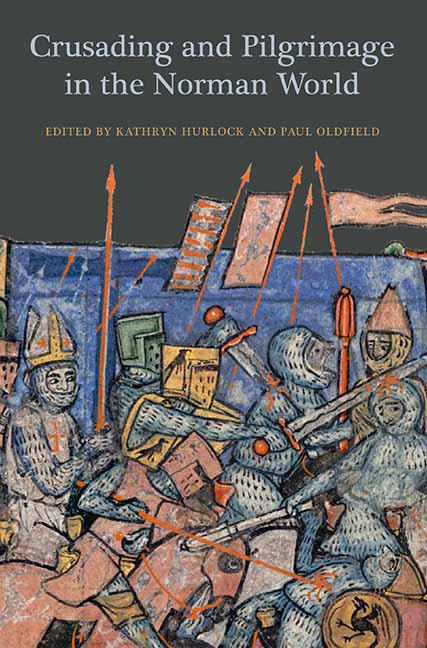10 - The Landscape of Pilgrimage and Miracles in Norman Narrative Sources
Published online by Cambridge University Press: 25 May 2021
Summary
The chronicles we associate with the Normans are full of accounts of the miraculous, both good and bad. Some narrative sources, for example Orderic Vitalis's Ecclesiastical History, contain saints’ lives and miracula. Sometimes the historian's encounter with the supernatural has elements of macabre humour as in the case of Wace's story of Duke Richard I's experience of a revenant, which led to his instituting a decree that dead bodies should be watched over and attended before burial. In reading these sources we also revisit familiar descriptions of the monastic landscapes and the trials and tribulations faced by the monks in establishing new communities, notably in the pages of William of Jumièges and Orderic. The crusade chronicles focus on what happened on the journey to Jerusalem and significant events such as the appearance of the ghostly army at Antioch, as well as descriptions of sacred geography. We can therefore consider how writers linked the experiences of the Normans who departed for the Holy Land with the readers of the chronicles. What many of the accounts of the miraculous have in common is their emphasis on place, movement and connections that link the familiar with the unfamiliar. This chapter examines a series of case studies from the narrative sources in order to consider what constitutes a landscape of pilgrimage or a setting for miracles and how those accounts relate to and reflect the wider themes of the chronicles.
The examples here are drawn from a variety of Norman sources that reflect different perspectives and experiences. William of Jumièges completed the Gesta Normannorum Ducum initially in the 1050s, returning to it in the late 1060s to write a short account, finished in 1070, of the Norman conquest of England. This work was then later interpolated by Orderic Vitalis, Robert of Torigni and a series of anonymous editors. Orderic Vitalis in contrast started out writing a monastic chronicle detailing the history of his community at Saint-Évroult. His Ecclesiastical History, written between c. 1114 and c. 1141, rapidly expanded to encompass the activities of the Normans, particularly those such as the Giroie-Grandmesnil clan who had close connections with his monastery, further afield in Normandy, but also in England, southern Italy and the Holy Land. The final chronicle considered here and which focuses more on Normandy is Wace's Roman de Rou.
- Type
- Chapter
- Information
- Crusading and Pilgrimage in the Norman World , pp. 177 - 194Publisher: Boydell & BrewerPrint publication year: 2015



